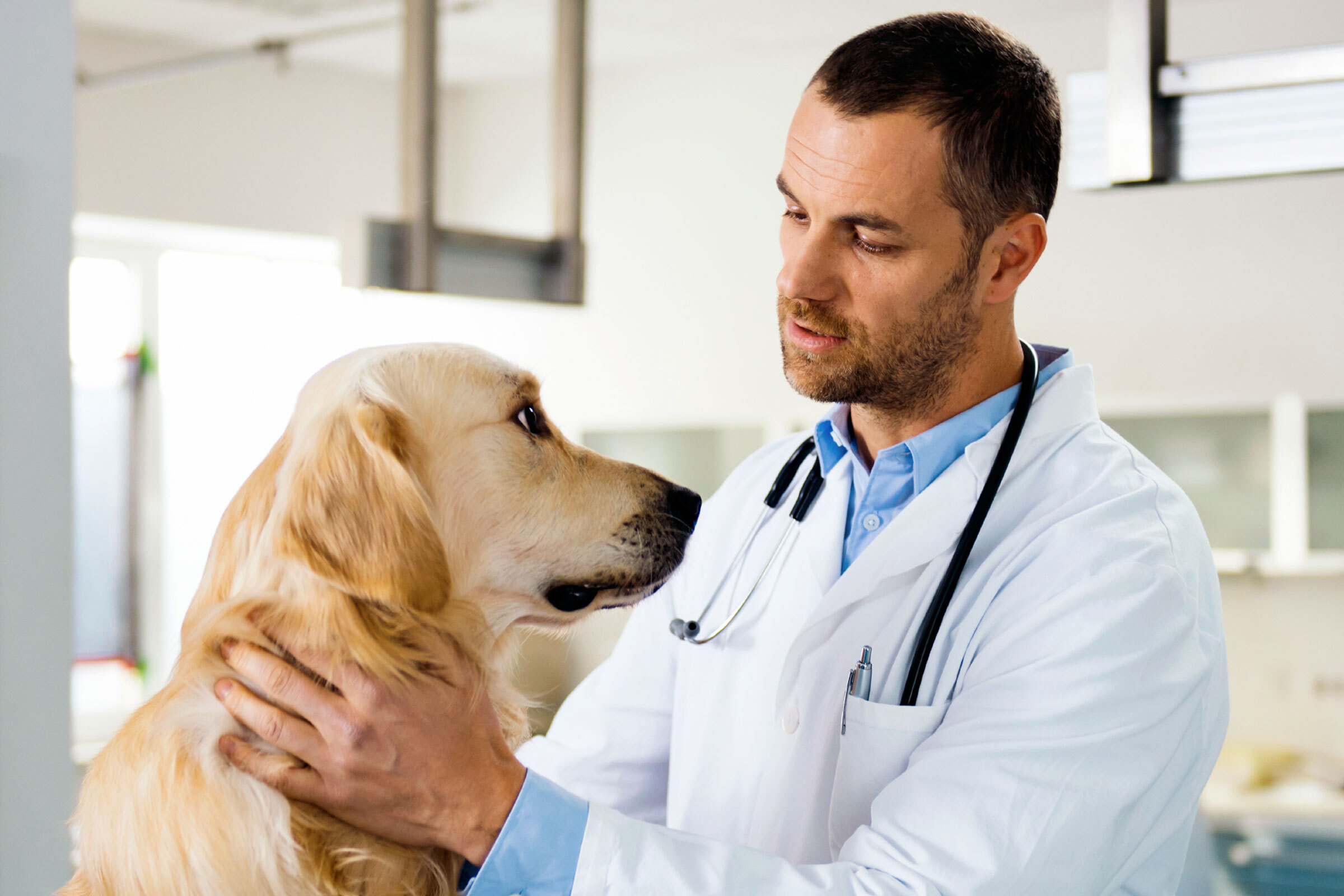Preventing heat stroke in dogs: what can vets do?
As a vet, some of the most difficult types of cases to deal with are those where the owner is at fault for causing their pet’s problem. Their grief and distress at their pet’s predicament is compounded by their sense of guilt that they are to blame for the animal’s difficulties.
Two common examples include dogs being run over in the driveway (common in older pets, with poor hearing and a reduced ability to get out of the way quickly and, in the summer months, dogs suffering from heat stroke.
This latter problem is common: one study found that 48% of vets treated animals for conditions related to hot weather, with 36% of small animal/mixed practice vets seeing cases of heat stroke in the year questioned. And in nearly every case, the condition is preventable, if the owner is careful.
So the question is: can we vets do more to help people avoid causing their pets illness, suffering and possible death from heat stroke?
Everyone knows about not leaving dogs in parked cars
The classic cause of heat stroke in dogs – being left in a parked car on a sunny day – is well known, and so there’s no need for vets to keep talking about this. But there are other risk factors that are not so well known: we should all do our best to make sure that owners learn about these.
Explain about less well-known causes of heat stroke in dogs
I have seen my fair share of dogs suffering from heat stroke, and I have compiled a list of the risk factors that I have seen for myself.
Black dogs: their coats absorb the heat from sunlight, in contrast to white dogs whose coats reflect light. Owners of black dogs should be aware of the increased risk.
Dogs travelling in the boot of cars: a surprising number of owners transport their dogs in the boot of the car for short distances. While this may be fine on cool days for brief journeys. it’s shockingly dangerous in warm weather. I witnessed one owner opening the boot of her car after being stuck in a traffic jam to find both dogs on the point of death from heatstroke. She simply had not realised that this was a high risk way of transporting her pets.
Exercising in the middle of the day. When a dog is exercising vigorously, the muscles produce heat. This is useful in the cooler months of the year, but on a hot day in the summer, it’s dangerous. Owners need to know that in summer, dogs should only be exercised at cooler times: early morning or late evening.
Lack of water makes heat stroke far worse. Dogs lose heat by panting which uses up high volumes of water: if a water bowl is not topped up frequently and left within reach of a warm dog, the risk of heat stroke is far higher.
Talk about poorly recognised signs of heat stroke in dogs
While owners may be quick to recognise heat stroke in their dog in an obviously risky situation (such as the classic dog-in-parked-car), they are much slower to spot the signs when it’s not suspected. So it’s worth highlighting these to all owners in warm weather.
Weakness
Collapse
Continual panting
Unwillingness to do anything other than just lie down
Of course, there are many other reasons why a dog could show these signs, but if owners at least ask themselves “could this be heat stroke” when their pets show these signs, the chance of earlier recognition is higher.
Tell owners what they can do as first aid for dogs with heat stroke
A recent study demonstrated the value of first aid by owners for dogs with heat stroke: only 38% of dogs died when cooled by the owner before going to the vet, compared to 61% dying after being taken to the vet without being cooled down by their owner first.
There are five simple first aid actions that owners should know about:
Take the dog out of the heat
Soaking the animal with water.
Ideally, use lukewarm water rather than ice-cold water. (If the water is too cold, peripheral vasoconstriction will limit the loss of body heat from the dog)
Continue cooling the dog till the panting eases
When the dog is cool enough to walk normally, take them at once to the vet.
Explain to owners why overheated dogs need to go to the vet, even after they have cooled down
Owners often mistakenly believe that if they have cooled their pet down, nothing more needs to be done. They don’t realise that dogs affected by heat stroke often seem to recover initially but then die the following day because of the damage to their liver, kidneys and gastrointestinal tract, as well as the disruption to their blood clotting system. Extra treatments from the vet, like intravenous fluids to maintain the blood pressure, ensuring continued high blood flow to essential organs, reduce the risk of this happening. It’s up to us vets to tell people about this: they just don’t realise the risks and the potential difference that veterinary intervention can make.
The importance of sharing this information with pet owners
We vets are busy people, but we can make a difference to dogs in hot weather by sharing this essential information. We can do this in a number of ways.
Waiting room notices
Short conversations during consultations
Brief our support staff to pass on the information at the reception desk
Hundreds of dogs die every year from heat stroke: if vets do more to spread good quality information about heat stroke, we’ll save many lives and prevent much suffering.


